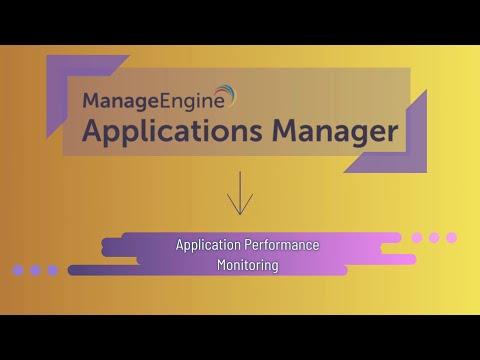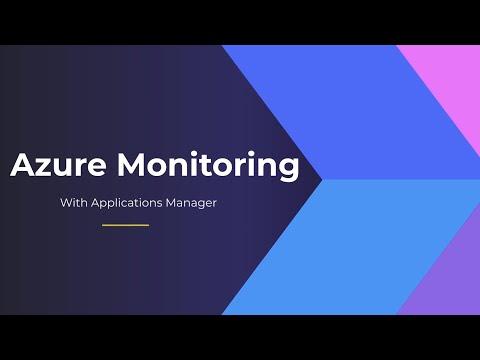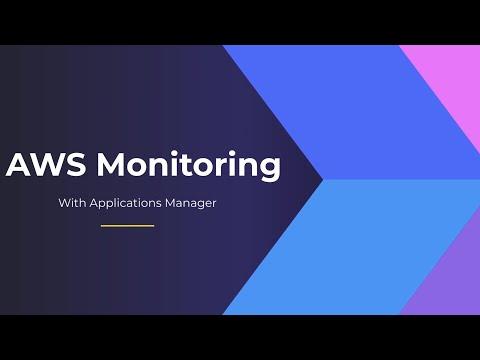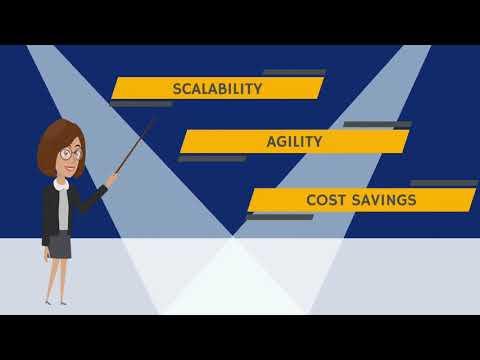In 2013, APMdigest published a list called 15 Top Factors That Impact Application Performance. Even today, this is one of the most popular pieces of content on the site. And for good reason – the whole concept of Application Performance Management (APM) starts with identifying the factors that impact application performance, and then doing something about it. However, in the fast moving world of IT, many aspects of application performance have changed in the 3 years since the list was published. And many new experts have come on the scene. So APMdigest is updating the list for 2016, and you will be surprised how much it has changed.
Start with Top Factors That Impact Application Performance 2016 - Part 1
Start with Top Factors That Impact Application Performance 2016 - Part 2
Start with Top Factors That Impact Application Performance 2016 - Part 3
Part 4 of this list covers the application itself.
20. APP COMPLEXITY
The top factor that impacts application performance today is application complexity. Modern day applications are spidery, with thousand of possible optimization points. It's a huge amount of complexity to deal with. It becomes very hard to predict performance ahead of time, and to understand the implications of a software change. Companies need to have real data derived from real-life test scenarios, and need to measure true end-to-end key performance indicators (KPIs) affecting the user experience.
Paola Moretto
Founder and CEO, Nouvola
21. APP DESIGN
The top factor that impacts application performance is the architecture of the application itself. Often times you see this when an application is moved or migrated to another environment. For example, the impact of a "chatty" application can be hidden or mitigated on a high speed local LAN, but once moved to the cloud, the slower telecom speeds expose this design flaw in the form of high latency.
Cameron Haight
Research VP, IT Operations, Gartner
Application design/architecture/complexity is the top factor that impacts application performance. It can be quite difficult to mitigate the effects of poor design, even with a great deal of additional work. Poorly designed applications may suffer from poor performance even with relatively low traffic.
Sven Hammar
Founder and CEO, Apica
Developing apps while looking only from a functionality perspective is one of the most fundamental mistakes in developing applications. You should design your application also from a performance perspective if you want to make sure you deliver a good application. Do this right from the start of the project and you will deliver a much better application. Ignoring this and trying to optimize the performance afterwards is very expensive and doesn't deliver the correct results.
Coen Meerbeek
Online Performance Consultant and Founder of Blue Factory Internet
Application architecture – which is part science and part art. There are definitely MANY factors we see impact performance, everything from infrastructure to poor coding to a badly designed database. But fixing these implementation aspects of a poorly architected application can be like chasing your tail, and bad design decisions can haunt you for the life of the application. Applications are complex, often comprised of shared services and deployed on shared infrastructure. The science is in understanding the relationships and interactions between the various components, and the art is in doing so without sacrificing user experience.
Dave Murphy
SVP Delivery, SOASTA
22. APP DESIGN: NEW FEATURES
Applications that perform well have to be built effectively and tested meticulously. As such, the biggest impact on application performance is new features. As developers introduce new code, overall performance is affected. Due to schedule pressures, there is often no time remaining to optimize performance. Balancing the demands of time to market and application performance is a requirement for all members of the development, ops, and executive teams.
Don Griffin
Director of Engineering, Sencha
23. APP DESIGN: LATENCY
Ignoring latency in application design: Chatty applications that require significant communication or synchronization with other components over a network need to be designed with WAN latency in mind. Multi-step communication over the network may work fine in a low-latency LAN environment, but it can become a critical time bottleneck over a higher-latency WAN or over the Internet. Add cloud services with worldwide distribution to this mix, and you have a recipe for disaster.
Kimberley Parsons Trommler
Product Evangelist, Paessler AG
24. APP DESIGN: IO PATH
The top factor affecting distributed/clustered applications performance is the inability to secure an entire application IO path from compute to storage – leading to unpredicted performance and incapability to guaranty SLA. This often also results in a poor man's solution – underutilized servers reflected in siloed applications' resources to guarantee availability, usually in a multi-tenant environment. Containers reflect the next generation virtualization solution designed to take on significant chunk of the challenge. By taking a holistic application centric approach, IO path from compute to storage resource availability can be guaranteed amongst other entire application lifecycle ops.
Razi Sharir
VP of Products, Robin Systems
25. APP DESIGN: BUGS
There are many different types of software bugs, all of which can impact software performance. For C/C++ programmers, common bugs include execution state corruption, data structure corruption, race conditions, deadlocks and memory leaks. These bugs can appear regularly in software development. However, they can also appear intermittently, thus unintentionally getting into shipped products. These types of bugs cause the biggest headaches for software vendors, who have to attempt to reproduce an issue their customer is experiencing but often without the issue appearing on the vendor's test systems. In each case, programmers are unaware of, or misunderstood, their contract with the rest of the system. Fundamentally, even in well-developed software, bugs occur because people don't understand what their software really does.
Greg Law
CEO, Undo
26. APP DESIGN: SECURITY
I think application performance is a huge subject but with what the world of software is going through today a lot has to do with security. I believe that the ability to deliver applications which have been developed with security in mind from the start will have a significant impact on the final delivery. An application which is developed with security in mind has less chance to expose user's personal data and therefore less chance of being taken down by the vendor. High programing quality is not only the speed but also the quality of the code and quality includes secure code.
Amit Ashbel
Cyber Security Evangelist, Checkmarx
Read Top Factors That Impact Application Performance 2016 - Part 5, the final installment of the list of top factors that impact application performance.
The Latest
In 2024 the number one challenge facing IT teams is a lack of skilled workers, and many are turning to automation as an answer, according to IT Trends: 2024 Industry Report ...
Organizations are continuing to embrace multicloud environments and cloud-native architectures to enable rapid transformation and deliver secure innovation. However, despite the speed, scale, and agility enabled by these modern cloud ecosystems, organizations are struggling to manage the explosion of data they create, according to The state of observability 2024: Overcoming complexity through AI-driven analytics and automation strategies, a report from Dynatrace ...
Organizations recognize the value of observability, but only 10% of them are actually practicing full observability of their applications and infrastructure. This is among the key findings from the recently completed Logz.io 2024 Observability Pulse Survey and Report ...
Businesses must adopt a comprehensive Internet Performance Monitoring (IPM) strategy, says Enterprise Management Associates (EMA), a leading IT analyst research firm. This strategy is crucial to bridge the significant observability gap within today's complex IT infrastructures. The recommendation is particularly timely, given that 99% of enterprises are expanding their use of the Internet as a primary connectivity conduit while facing challenges due to the inefficiency of multiple, disjointed monitoring tools, according to Modern Enterprises Must Boost Observability with Internet Performance Monitoring, a new report from EMA and Catchpoint ...
Choosing the right approach is critical with cloud monitoring in hybrid environments. Otherwise, you may drive up costs with features you don’t need and risk diminishing the visibility of your on-premises IT ...
Consumers ranked the marketing strategies and missteps that most significantly impact brand trust, which 73% say is their biggest motivator to share first-party data, according to The Rules of the Marketing Game, a 2023 report from Pantheon ...
Digital experience monitoring is the practice of monitoring and analyzing the complete digital user journey of your applications, websites, APIs, and other digital services. It involves tracking the performance of your web application from the perspective of the end user, providing detailed insights on user experience, app performance, and customer satisfaction ...
Enterprises are experiencing a 13% year-over-year increase in customer-facing incidents, reflecting rising levels of complexity and risk as businesses drive operational transformation at scale, according to the 2024 State of Digital Operations study from PagerDuty ...
According to Grafana Labs' 2024 Observability Survey, it doesn't matter what industry a company is in or the number of employees they have, the truth is: the more mature their observability practices are, the more time and money they save. From AI to OpenTelemetry — here are four key takeaways from this year's report ...





